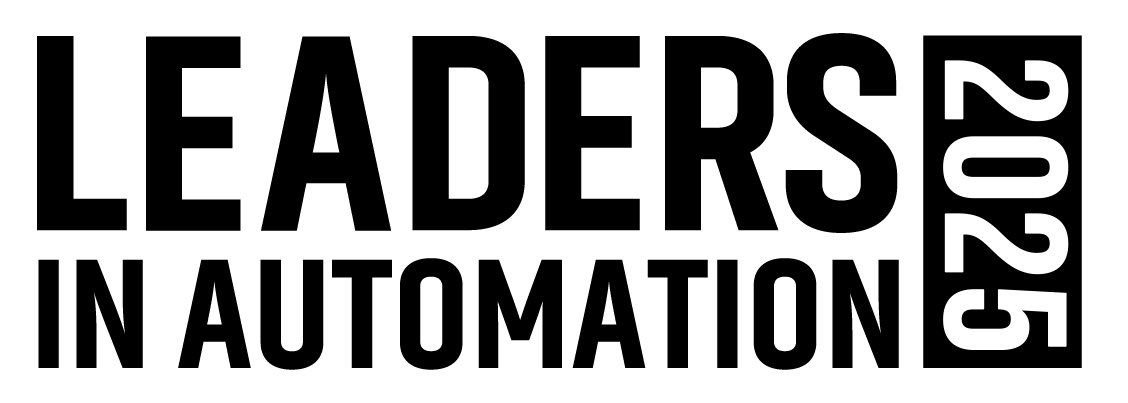For automation suppliers, this global competitiveness is simply reflected back by end-users with increasing demands in every direction.
Industrial automation equipment is used in factories and process plants to provide productivity improvements for end users. A decade ago, automation products included a lot of proprietary knowledge, which generated significant profit margins for the purveyors of that knowledge. Today, a lot of the proprietary content has melted away and there are few new advances. As a result, many automation products have become commodities—available from several sources with marginally different features and benefits. At this stage, the lowest cost producer usually wins.
The core features and functions of programmable controller and distributed control systems are easily copied, and the cost reduces to quality manufacture of commodity hardware with the lowest labor and overhead. Software is even more easily copied—if not directly, then at least through availability of functional equivalents that can be developed quickly and cheaply in countries such as India, which have rapidly become software development centers.
With the recent lack of growth, U.S. automation suppliers are looking to maintain or increase profits through the only means available, by reducing costs through offshore outsourcing. Beyond just trained labor, knowledge work such as design and engineering services are also being outsourced. This trend has already become significant in the United States, causing lost jobs not only for manufacturing labor, but also for traditionally high-paid engineering positions. Supposedly, innovation, the true source of value, remains, but that, too, is in danger of being dissipated and sacrificed to a short-term search for profit.
It’s clear to many people today that China is poised to take over the world’s manufacturing. In China today, some 18 million people enter the work force each year, with typical wages of less than $1 a day. Manufacturing workers outside of China are being displaced on a large scale; even Mexico is losing jobs to China.
The idea that Chinese workers are replacing physical labor elsewhere has long been accepted. But now China is poised to replace the world’s knowledge workers as well. The country is turning out 700,000 engineers a year, accounting for 37% of China’s college graduates, all trained in a university system that is rapidly growing in size and quality. Engineer pay ranges from $4,000 to $8,000 a year, plus medical costs, housing and pension. As product design becomes more network-centric and less location-dependent, competition against Western engineers is becoming fierce.
Already a significant share of manufactured goods is sourced in China; and similarly, there is a significant market for outsourced software from India. Major automation suppliers including Honeywell, Invensys, Emerson, Rockwell and General Electric are transferring software development to India and manufacturing to China.
Chinacosm
Technology analyst George Gilder has coined the term “Chinacosm” to express the rise of technology leadership in China. A few years ago, China was thought of as a place to make toys and sneakers, not semiconductors. But today, the specter of Chinese technology looms. Silicon-valley venture capitalists predict that over the next decade, China will become a ferociously formidable competitor in virtually every high tech arena.
Software development in India has been booming in recent years. India now sells $6 billion worth of software annually to the U.S., with 60 percent annual growth projected over the next decade.
By mid-century, India will surpass China as the world’s most populous country. Already the world’s largest democracy, India has the advantage of a high percentage of English-speaking scientists and engineers, generating the “Indiacosm” of the new century.
For the U.S., the choice is clear: Move strongly to maintain a lead in technology innovation. In the face of slow growth, this means a strong commitment to a high level of investment in research and development, plus continued stimulation of an education and business infrastructure, which the world recognizes as the basis of our leadership.
About the Author

Leaders relevant to this article: